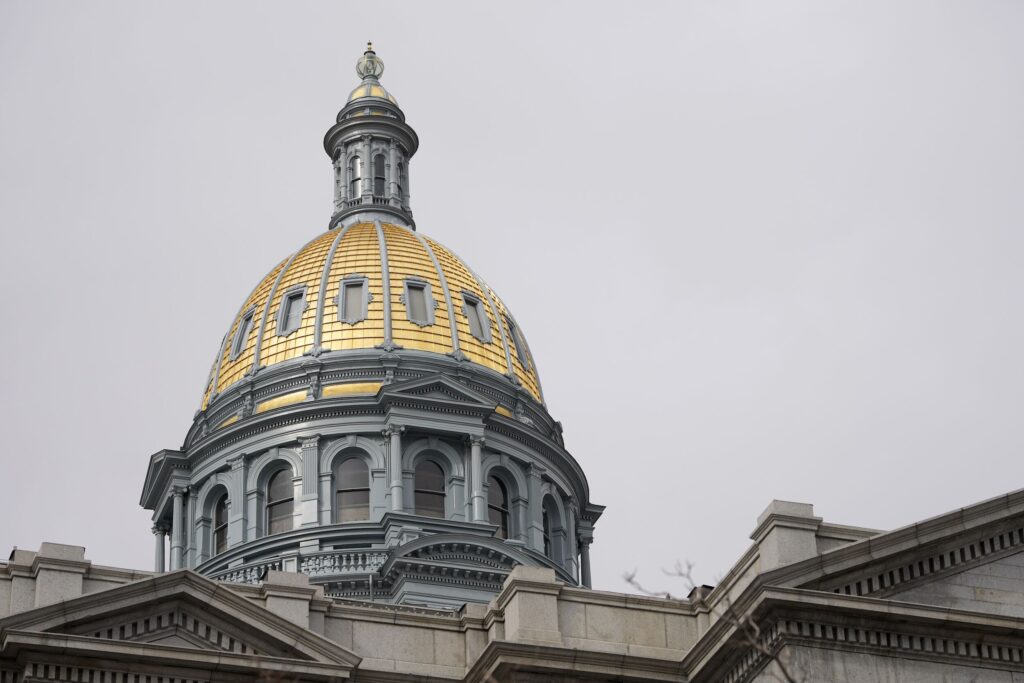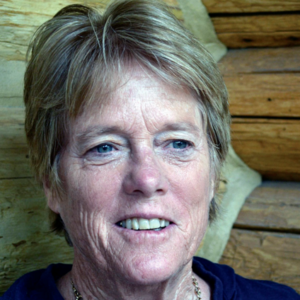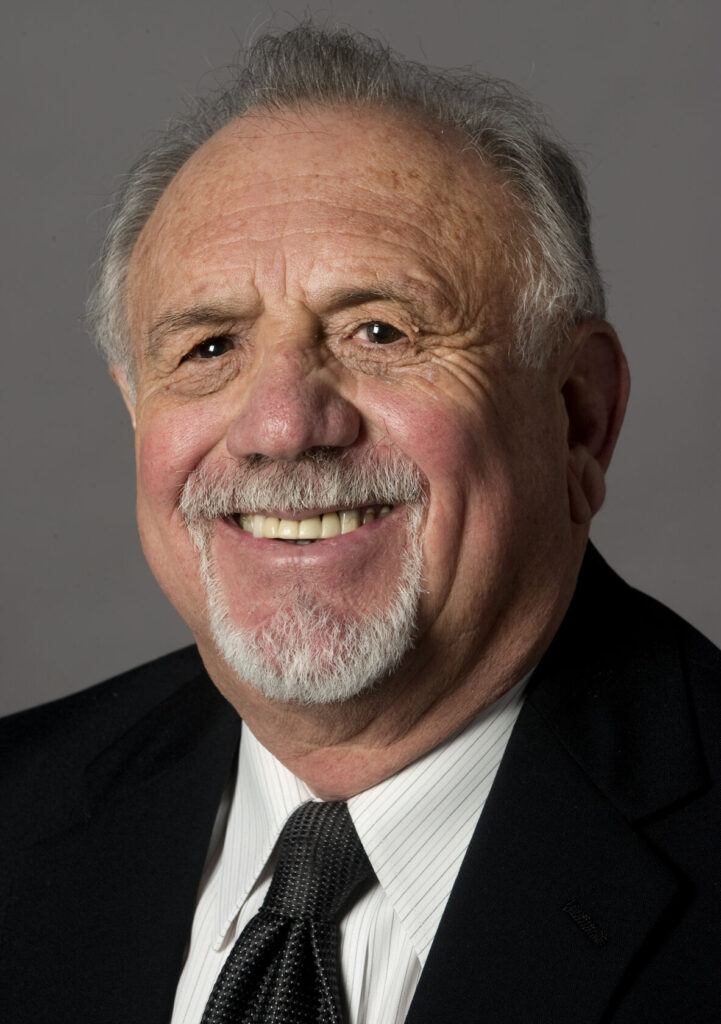CRONIN & LOEVY | District by district, gauging if the state GOP can retake the House


The Republican Party has an uphill battle to fight if it hopes to win majority control of the 65-member Colorado House of Representatives in next November’s general elections.
The Republicans start their struggle from a reasonable base. The redistricting process carried out in the summer and fall of 2021 gave them 19 safe-Republican seats in the lower house of the state legislature. On top of those 19, the GOP must win 14 competitive seats in order to reach a ruling majority of 33 members.
What does this political battlefield look like? Let’s take a geographical-political tour of the 14 House districts, spread out across the state of Colorado, the Republicans must win. Remember, if they lose even one, the Democrats will control the Colorado House of Representatives in 2023-2024.
District 43: This House district is located in northern Douglas County along the border with southern Arapahoe County west of Interstate-25. It includes Highlands Ranch. It is very suburban in character, which helps to make it a competitive seat. Its two-party average (of eight recent statewide elections) is 54% Republican to 46% Democratic. It should be one of the easier competitive seats for the GOP to win.
District 16: The battleground shifts to north-central Colorado Springs, to an area north of downtown between I-25 and Academy Boulevard. It is dominated by post-World War II middle-income ranch houses and split-level homes. That is where you would expect to find voters having trouble making up their minds between the two major political parties. Past voting is 52% Republican to 48% Democrat. This is a close one, yet we think the Republicans could win it.
District 25: This district is big geographically as it covers most of central and southern Jefferson County in the Denver outer suburbs. It includes Genesee, Kittridge, Evergreen, Conifer and part of Ken Caryl. It’s close in voting – 51% Republican to 49% Democrat. Republicans win – maybe.
District 19: We are at the north side of the Denver Metro. District no. 19 sits on both sides of Interstate-25, the western half in Weld County. It includes Erie, Frederick, Firestone, and Dacono. It’s 51% Republican to 49% Democrat. Our advice – don’t bet any money on this one.
District 18: Here’s another competitive seat in the Colorado Springs region. It covers the general west side of the Springs metro area, including Pikes Peak. It runs along both sides of US-24 through Manitou Springs and beyond. Notably, it is 50% Republican and 50% Democrat, the only House district to be perfectly even. It is a real tossup.
District 61: We are back in Denver Metro in the far southeastern suburbs in Arapahoe County. The voting record is 51% Democrat to 49% Republican. That should be within range for the Republicans.
District 59: It’s away from the Front Range and off to the far southwestern corner of Colorado. This outlying district is composed of Montezuma, La Plata, San Juan, and Archuleta counties. Democrats in Durango and Silverton will slug it out politically with Republican farmers and ranchers in the rural areas. That’s what makes it competitive, at 51% Democrat to 49% Republican – too close to call.
District 28: Back to those outer Denver suburbs, this time in the southwestern metro area. This district lies east of Interstate-470 in the general area north of Ken Caryl. It votes 51% Democrat to 49% Republican – you pick ’em.
District 26: We’re heading to “postcard” Colorado with its beautiful mountain scenery. Here we are in Moffat (Craig), Rio Blanco (Meeker), Routt (Steamboat Springs) and Eagle (Vail) counties. Democrats in the ski resorts of Steamboat and Vail will faceoff with Republican farmers and ranchers in the hinterlands. It’s 52% Democrat to 48% Republican. The Republicans will have to work hard for this one.
District 38: Here’s our third competitive district in the southwestern suburbs of the Denver Metro, this one in Arapahoe County west of I-25. The district runs along both sides of Santa Fe Drive south of Littleton. It includes Columbine Valley and Columbine. Folks must like sitting on fences out there, as it’s 52% Democrat to 48% Republican. It’s starting to be a struggle for Republicans.
District 13: And it’s another round of skiers vs. farmers-ranchers in Jackson, Grand, Summit, Lake, Park, and Chaffee counties. This Colorado House of Representatives district is half on the Western Slope (Jackson, Grand, and Summit counties) and half on the Eastern Slope (Lake, Park and Chaffee counties). It’s 53% Democrat to 47% Republican. The slope is getting steeper for the Republicans.
District 50: We are in western Weld County. This district sits mainly west of US-85 in the Greeley area. It is 53% Democrat to 47% Republican. This is our only competitive seat in the House at the northern end of the Front Range. Republicans will have to work hard and have a strong candidate to win this one.
District 37: This puts another chunk of south-suburban Arapahoe County (both sides of I-25) in the competitive seat category. It includes Greenwood Village, Centennial, and Fairfield. The voting score is 54% Democrat and 46% Republican. Democrats are getting a favorable edge here.
District 46: North-central Pueblo city and both eastern Pueblo County and western Pueblo County dominate this House district. Pueblo County used to be a very Democratic place, but the evolving shift of working-class voters to the Republicans is changing that. It’s 54% Democrat to 46% Republican. Democrats have a good chance to win this one.
Seven of our Colorado House of Representatives competitive seats are in the suburbs of the Denver Metro, three are in Rocky Mountain resort areas, two are in Colorado Springs, and one each are in the northern Front Range and Pueblo. The Denver suburbs appear to be the best hunting ground for both parties hoping to win competitive seats in Colorado.
Conventional wisdom in the national news media is forecasting a nationwide surge of GOP votes in the 2022 general elections this fall. Part of this is due to historical voting cycles and part to national angst over inflation, war in Ukraine, and rising crime rates. If that red wave materializes, the Republicans will have an outside chance, as illustrated above, of winning the Colorado House.
Tom Cronin and Bob Loevy write about Colorado and national politics. They are co-authors of the book “Colorado Politics and Policy: Governing a Purple State.” To see charts and state maps on the 2022 state legislative elections in Colorado, Google Bob Loevy Home Page, click on A6.













